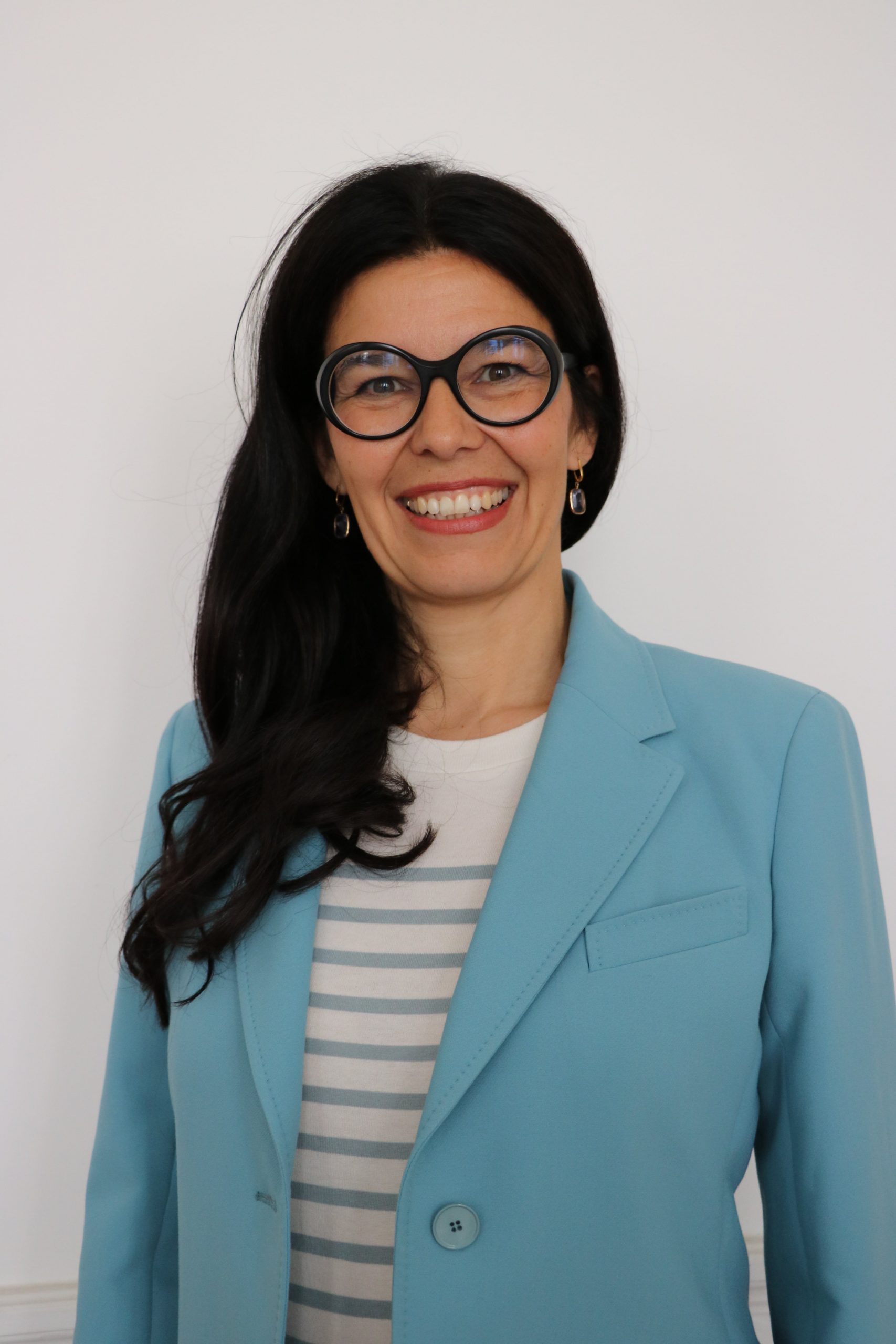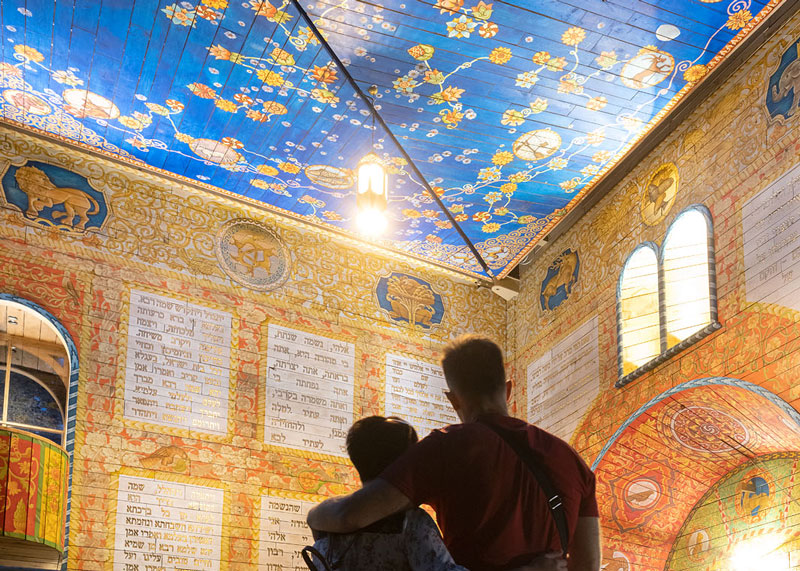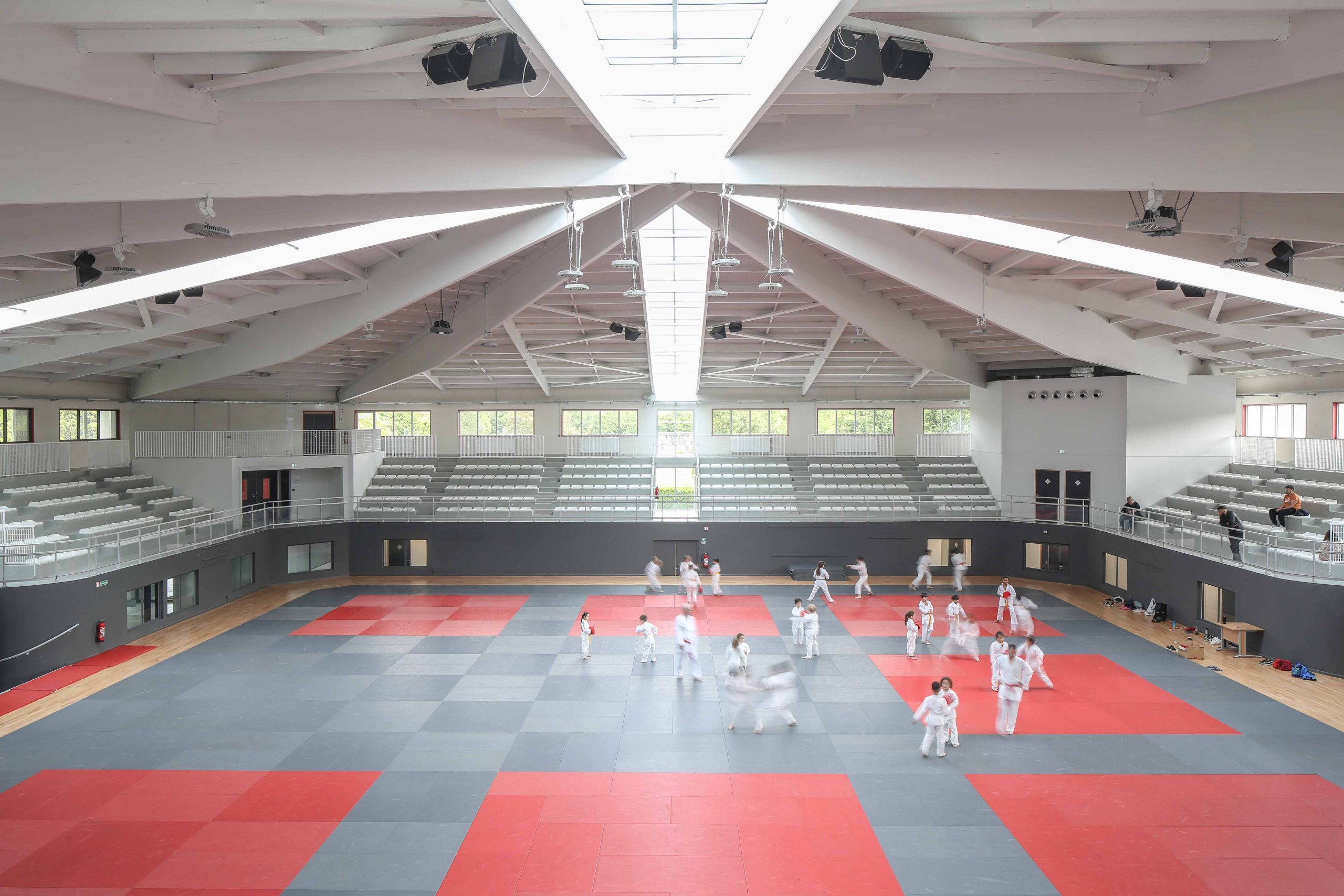Build Back Better, architecture for the collective good in Ukraine
Since the outbreak of war in Ukraine, architect and urban planner Martin Duplantier has been an advocate of the protective and emancipatory potential of architecture. Between the urgency of repairs and the long-term aspect of reconstruction, his Ukrainian agency attaches particular importance to educational institutions.
The architect, who handed over the presidency of the AMO in April 2024, affirms this commitment in a carte blanche published in the AMO 2024 Prize booklet.
Martin Duplantier
We dream of an architecture that not only protects, but also emancipates, unites and reflects a culture. Given the instability of the world, from climate change to geopolitical upheaval, architecture can be seen as a lighthouse in the storm, a unifying element in the face of disaster or civilisational aggression. More than a bunker, it can protect not just bodies but minds.
Last week I was in Kyiv, invited to the summit organised by the first lady, Olena Zelenska. The event took place in the grounds of Saint Sophia Cathedral, in the heart of eleventh-century Kyiv, back then seen as Rome of the East. In this monument of the past, the warring present and the peaceful future were discussed, focusing on childhood and suffering in times of war. So many traces left behind by a high-intensity armed conflict.
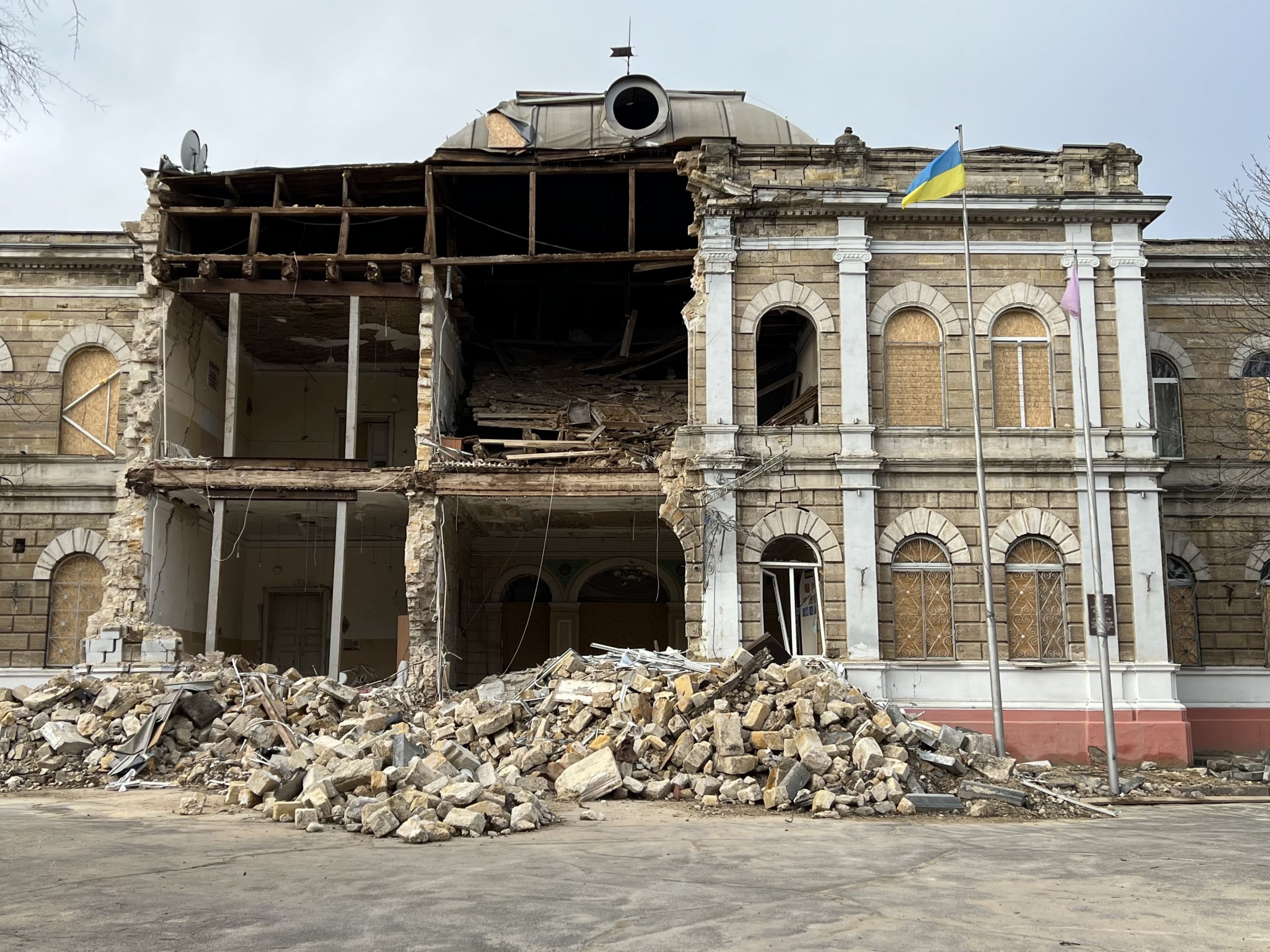
Since 2022, the figures speak for themselves: 19,000 Ukrainian children have been deported to Russia, adopted by families or left in orphanages; 99% of Ukrainian children are victims and suffer directly from the war; more than 3,000 schools have been targeted by Russian forces and are totally or partially damaged; the ‘Back to School’ programme requires major investments to make schools safer, with bomb shelters of sufficient size for all; and the corollary of all this is that there is obviously a great need for care and attention for these children, both physical and psychological.

In Saint Sophia Cathedral met two young dancers. Roman, 9 years old, was a victim of a Russian bombardment in Vinnitsya, more than 400 km from the front, when he was with his mother in the doctor’s waiting room. She died and he suffered burns on over 45% of his body. With his equally young partner, who lost a leg in another Russian attack, the two dancers offered a moment of grace and a magnificent lesson in resilience to a stunned adult audience of politicians, business leaders, artists and NGO representatives.
In this context, our Ukrainian office is working with health and education institutions. They might be the last protective and unifying shells of a collective culture. By listing the 87 types of school facilities that make up 71% of Ukrainian schools, we propose to adapt them by adding ‘plug-in’s’: protected spaces with a dual purpose, or in other words, a bomb-proof shelter that can be used for something else. A music class, a climbing room, a projection room, a yoga room and so on, the ‘traditional’ living areas being raised above ground and the protected areas below. But this only applies to schools far from the front line. For those less than 40 km away from ground zero, the time between an artillery fire and its impact is too short: just over thirty seconds. The sirens ring after the impact. In other words, it is impossible for the children to reach the basement.

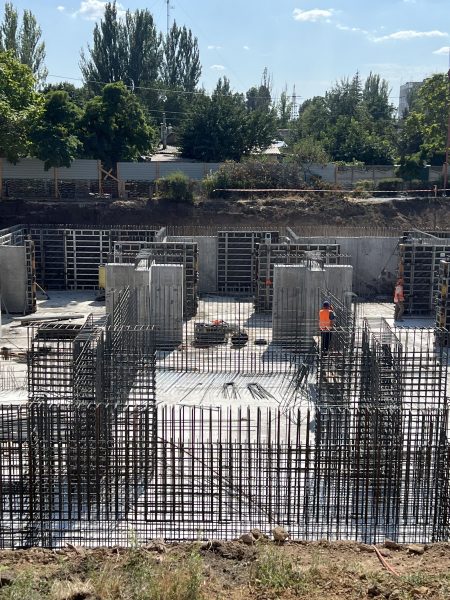
So there’s no choice but to build underground schools. Why persist? Because remote schooling has its limits, and children still need to see each other, interact, learn and grow. In Zaporijjia, we are working on underground schools where total flexibility of space is essential: how do you quickly turn classrooms into playgrounds? How do you bring natural light into a completely enclosed space that is energy independent and self-sufficient for 48 hours? How do you keep those young minds dreaming when they are locked in a basement with no views on the outside world? This is without doubt one of the biggest challenges I’ve had to face since this war started. I don’t know if we will succeed. What I do know is that the price Ukrainians have paid for this freedom is enormous, and that we Western Europeans do not realise how lucky we are to live in a time of peace and freedom. Many, many thanks to the brave Ukraine, the Fortress Ukraine, as the political scientist Barry R. Posen predicted in 1994.
I only have one wish: to build and rebuild cities so that all children can flourish, live, love and think freely. I’m convinced that the ecological and geopolitical battles are intimately linked. Making this planet liveable, adapting our way of life, being energy independent, means first and foremost making sure that the missiles stop falling down, then knowing our limits better and respecting the environment in which we are evolving.
‘Build Back Better’ is everywhere. Ukraine has become a place of unprecedented creativity, collective intelligence and solidarity that we must remember. Ecology is not an ideology here, but an instrument of resistance. A counter-model to Russian imperialism, and a hope for civilisational victory.
Discover the full AMO 2024 booklet below :

